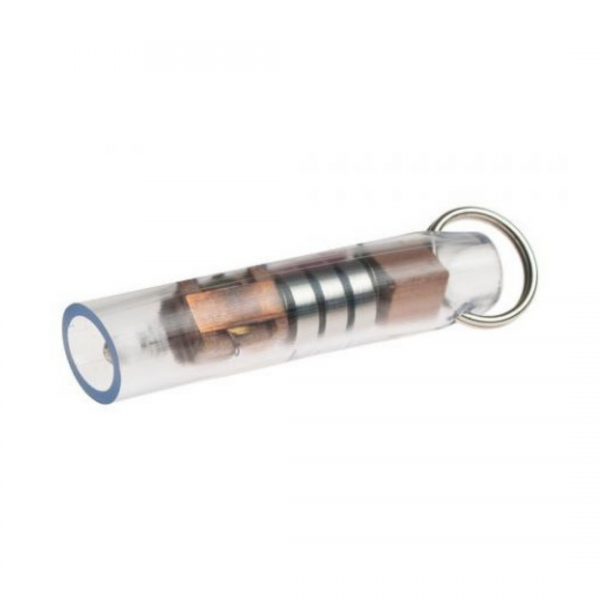Skeleton with Nerves and Blood Vessels
Skeleton with Nerves and Blood Vessels
This model depicts the position, course and distribution of main vessel and peripheral nerves of the human body.


€89,90 incl. VAT
Available on backorder
Skeleton with Nerves and Blood Vessels
This model depicts the position, course and distribution of main vessel and peripheral nerves of the human body.
SPECIFICATIONS
Size: 85cm
Material: PVC
Weight: 15Kg
Base is included.
This model depicts the course of nerves in the human body. Specifically, based on its evolutionary course, the nervous system is divided into:
This series most likely depicts the order of appearance in evolutionary time. The human nervous system is divided into two major parts, each of which is divided into individual parts: 1. Central Nervous System and 2. Peripheral Nervous System.
It consists of the brain and spinal cord, which are protected by the skull and spine respectively. They are the main centers where the entanglement, correlation and completion of neural information takes place.
It consists of the cerebral and spinal nerves with their nerve ganglia. Neurons that send signals from the brain and spinal cord to peripheral tissues) are referred to as ‘Abductors’. Neurons that transmit information from the periphery to the central nervous system are referred to as ‘adductor’. The Peripheral Nervous System is further subdivided into: Physical nervous system: works voluntarily and regulates daily needs with the conscious involvement of the mind. Controls the movements of skeletal muscles. Autonomic nervous system: works involuntarily and regulates daily needs without the conscious involvement of the mind. The autonomic nervous system controls organs, tissues and glands in the body.
The human arterial system originates from the aortic arches and from the dorsal aortae starting from week 4 of embryonic life. The first and second aortic arches regress and forms only the maxillary arteries and stapedial arteries respectively. The arterial system itself arises from aortic arches 3, 4 and 6 (aortic arch 5 completely regresses). The dorsal aortae, present on the dorsal side of the embryo, are initially present on both sides of the embryo. They later fuse to form the basis for the aorta itself. Approximately thirty smaller arteries branch from this at the back and sides. These branches form the intercostal arteries, arteries of the arms and legs, lumbar arteries and the lateral sacral arteries. Branches to the sides of the aorta will form the definitive renal, suprarenal and gonadal arteries. Finally, branches at the front of the aorta consist of the vitelline arteries and umbilical arteries. The vitelline arteries form the celiac, superior and inferior mesenteric arteries of the gastrointestinal tract. After birth, the umbilical arteries will form the internal iliac arteries.
The human venous system develops mainly from the vitelline veins, the umbilical veins and the cardinal veins, all of which empty into the sinus venosus.
Πηγές:

